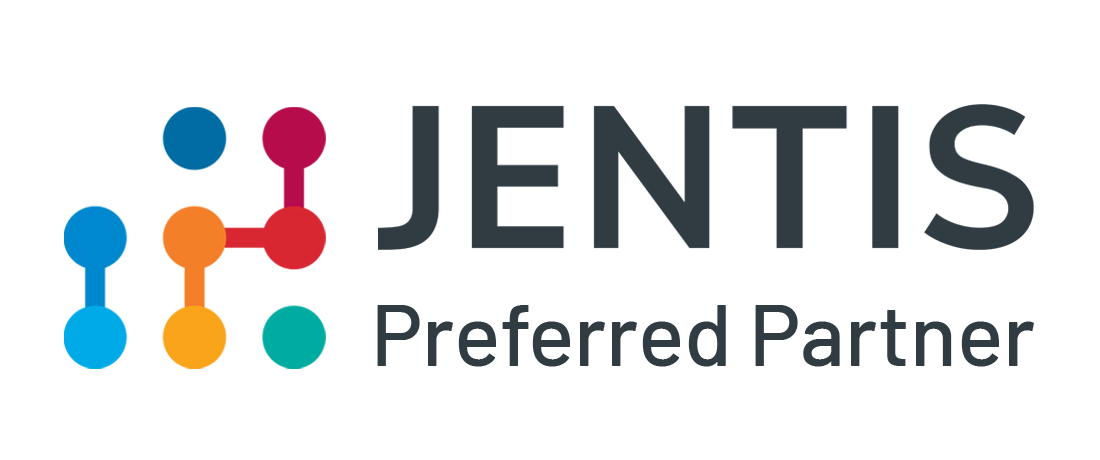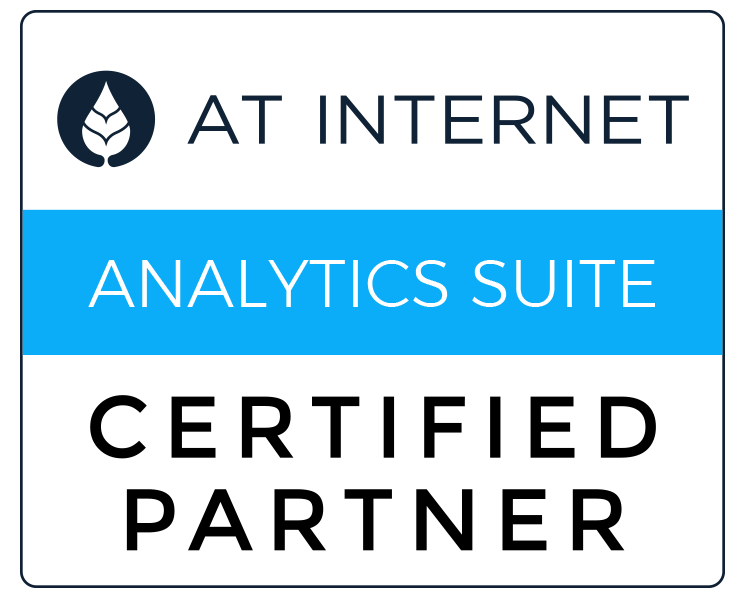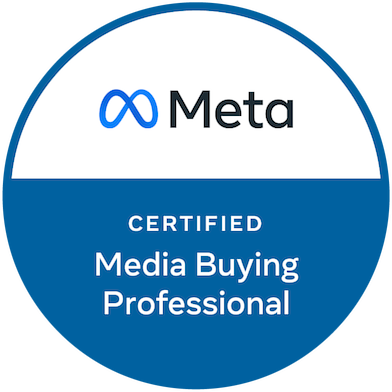Discover the strengths and weaknesses of GA4 and Piano Analytics to make an informed decision for your business.
In the digital age, analytics has become a crucial aspect of every business. As the saying goes, “you can’t improve what you can’t measure.” With a vast array of analytics tools available in the market, it can be challenging to decide which one is right for your business. In this blog post, we’ll take a deep dive into two popular analytics platforms: Google Analytics 4 (GA4) and Piano Analytics. We’ll compare their features, benefits, limitations, and pricing to help you make the right choice for your organization.
GA4 Overview
Google Analytics 4 (GA4) is the latest iteration of Google’s analytics platform. Released in October 2020, GA4 has the potential to become a standard tool for businesses to measure their online performance. It offers various features, such as cross-platform tracking, AI-driven insights, and a new data model that focuses on event-driven data collection.
Key Features of GA4:
- Cross-platform tracking: GA4 allows users to track data from websites, mobile apps, and other devices, providing a more comprehensive understanding of user behavior.
- AI-driven insights: GA4 uses machine learning algorithms to provide predictive insights and identify trends and anomalies in your data.
- Event-driven data model: The new data model in GA4 focuses on event tracking, allowing businesses to track user interactions more accurately and gain deeper insights.
Piano Analytics Overview
Piano Analytics is a part of the Piano Suite, a comprehensive software package designed to help businesses optimize their digital experience. Piano Analytics is specifically designed to help companies measure their content performance and understand user behavior across platforms. With its real-time data visualization, granular reporting, and advanced segmentation capabilities, Piano Analytics has become a popular choice for media organizations.
Key Features of Piano Analytics:
- Real-time data visualization: Piano Analytics offers real-time data visualization, allowing users to monitor performance metrics and make data-driven decisions instantly.
- Granular reporting: With Piano Analytics, users can generate detailed reports on user behavior, content engagement, and revenue generation.
- Advanced segmentation: Piano Analytics enables businesses to segment their audience based on demographics, behavior, and preferences, allowing for personalized user experiences and targeted marketing campaigns.
GA4 vs Piano Analytics: Comparing Features and Benefits
- Target Audience: GA4 is designed for a wide range of businesses, while Piano Analytics specifically targets publishers. This makes Piano Analytics more tailored to the needs of media organizations, but GA4’s broader focus can cater to various industries.
- Data Collection and Integration: Both GA4 and Piano Analytics offer cross-platform tracking and integrate with numerous third-party tools. GA4 has a slight edge in terms of integration, thanks to its Google ecosystem compatibility.
- Reporting and Visualization: GA4 offers robust reporting capabilities, but Piano Analytics stands out for its real-time data visualization and granular reporting.
- Segmentation and Personalization: Piano Analytics excels in audience segmentation and personalization, helping businesses create tailored user experiences and targeted marketing campaigns. While GA4 also offers segmentation capabilities, it doesn’t match the advanced features of Piano Analytics.
Limitations and Drawbacks
- GA4: The event-driven data model in GA4 can be a double-edged sword. While it offers deeper insights, it can also be more challenging to set up and maintain compared to the traditional session-based model.
- Piano Analytics may not offer the same level of integration with the Google ecosystem as GA4 does, which can be a drawback for some organizations.
Pricing Comparison
- GA4: Google Analytics 4 offers a free version with a comprehensive set of features suitable for most small to medium-sized businesses. For larger enterprises and those who require more advanced features, GA4 has a premium version called Google Analytics 360, which starts at $150,000 per year.
- Piano Analytics: Piano Analytics does not have a free version and operates on a subscription-based model. The pricing for Piano Analytics depends on the specific needs and requirements of the organization, and you’ll need to contact Piano for a customized quote.
Implementation and Support
- GA4: Implementing GA4 is relatively straightforward, with extensive documentation and support from the Google community. With a wide range of plugins and third-party tools, GA4 can be easily integrated into most websites and applications.
- Piano Analytics: The implementation of Piano Analytics may require more technical expertise.First of all, because of the not so extensive community. However, Piano provides dedicated customer support and professional services to help with the implementation process. Furthermore, Piano offers extensive documentation, webinars, and other resources to help users make the most of their analytics platform.
Privacy and Compliance
- GA4: Google Analytics 4 is committed to user privacy and data protection, adhering to the General Data Protection Regulation (GDPR) and the California Consumer Privacy Act (CCPA). GA4 also allows users to anonymize IP addresses and offers a data retention period setting, giving businesses control over how long their data is stored.
- Piano Analytics: Piano Analytics is also fully compliant with GDPR and CCPA regulations. Piano places a strong emphasis on data security and privacy, with features such as data encryption and access controls. Additionally, Piano offers a data processing addendum to ensure compliance with data protection regulations.
Conclusion
Both GA4 and Piano Analytics offer powerful analytics capabilities, but their suitability depends on your business’s specific needs and goals. GA4 is a versatile and widely used analytics platform that caters to various industries. Its integration with the Google ecosystem and cross-platform tracking makes it an appealing choice for many businesses.
On the other hand, Piano Analytics is offering advanced segmentation and real-time data visualization. If you belong to this industry and require a more tailored solution, Piano Analytics may be the better choice for you.
Ultimately, it’s essential to consider your organization’s unique requirements and evaluate both platforms’ features, limitations, and pricing before making a decision. By understanding the strengths and weaknesses of GA4 and Piano Analytics, you can make an informed decision that best aligns with your business’s analytics needs.









